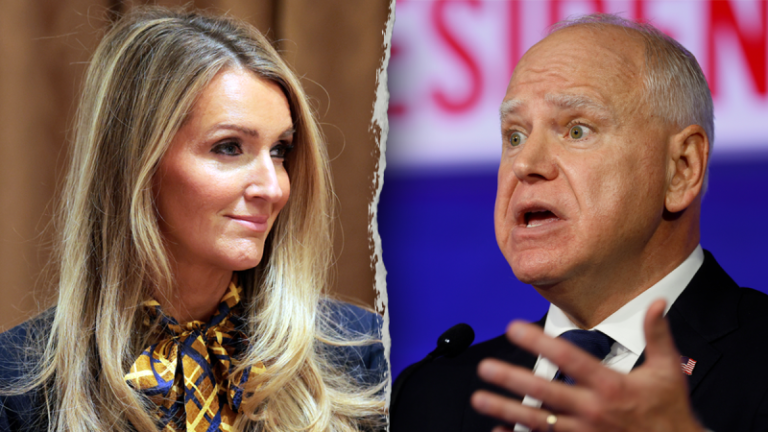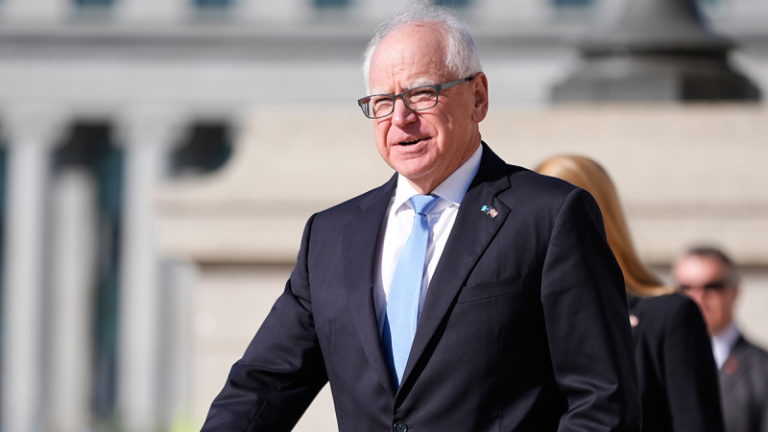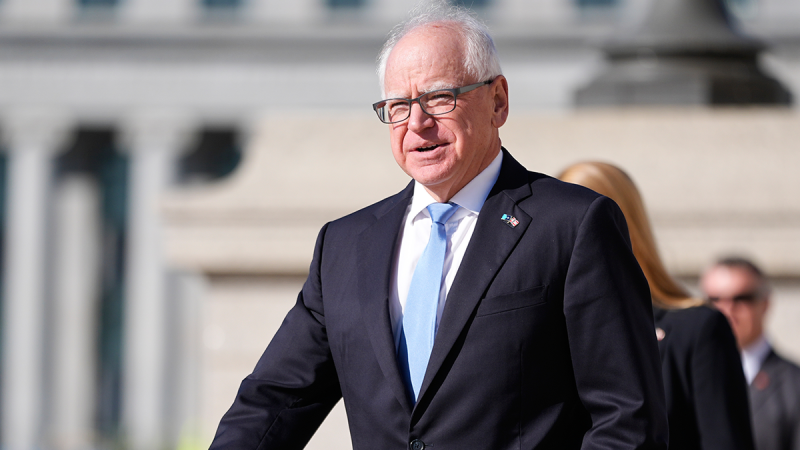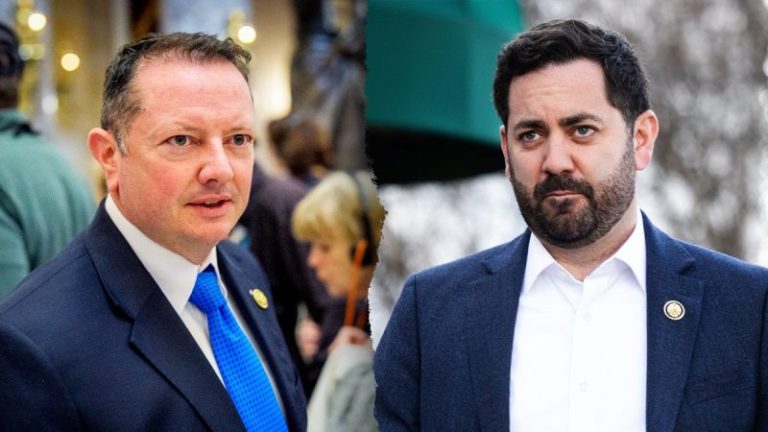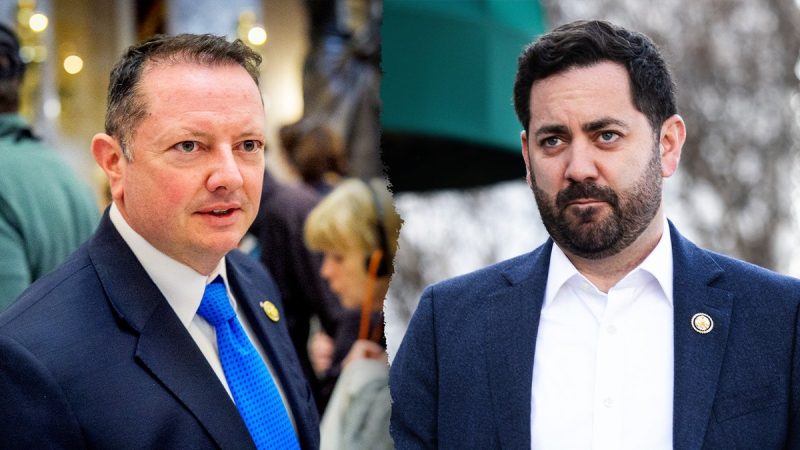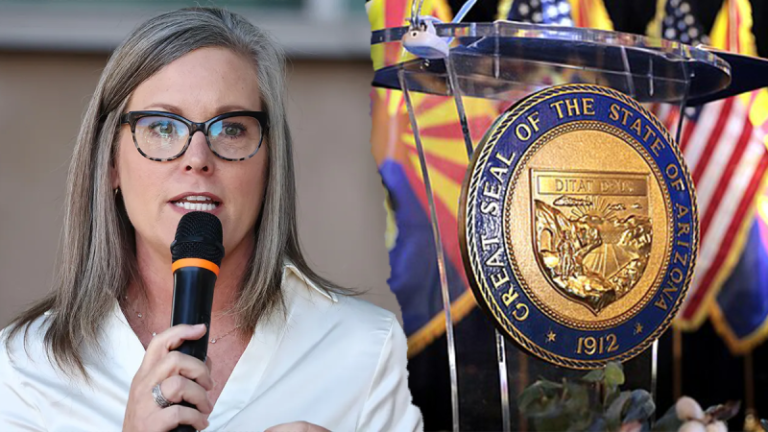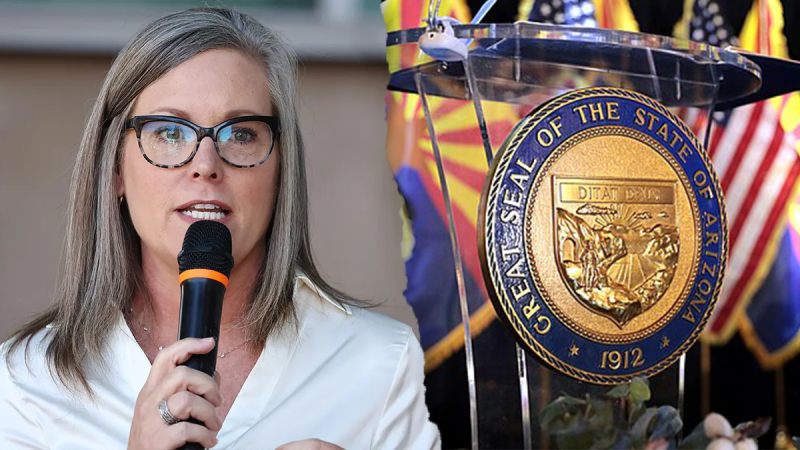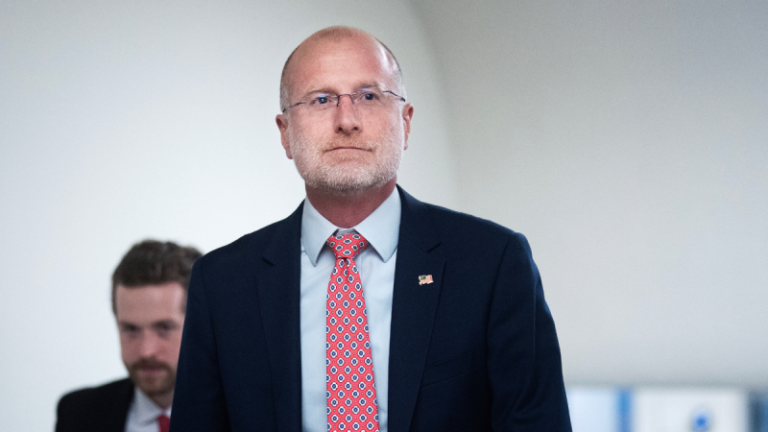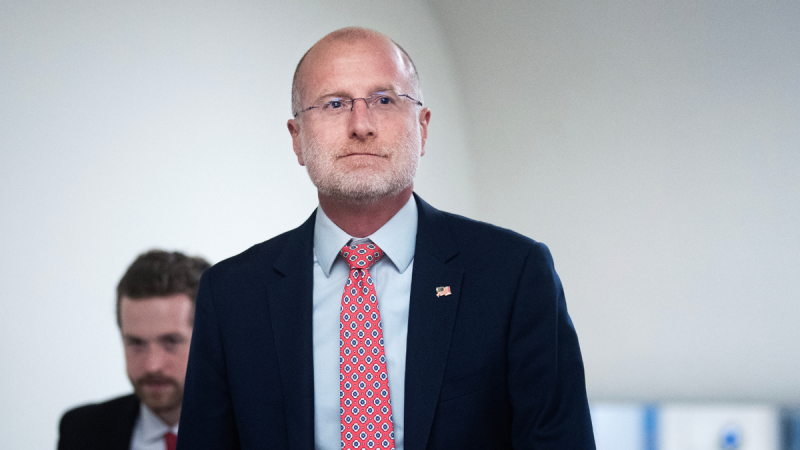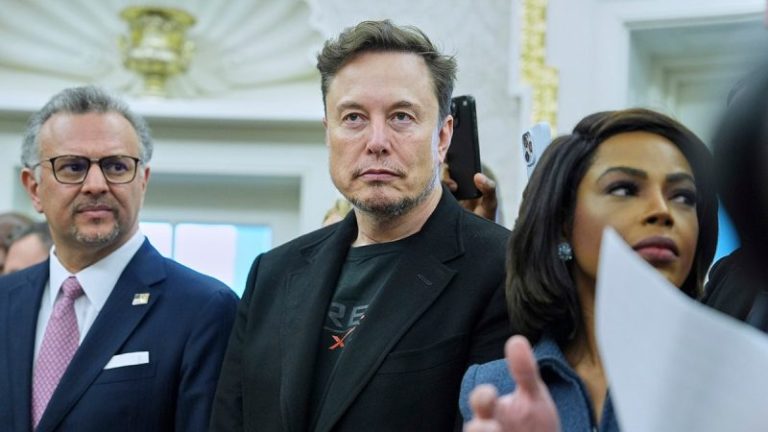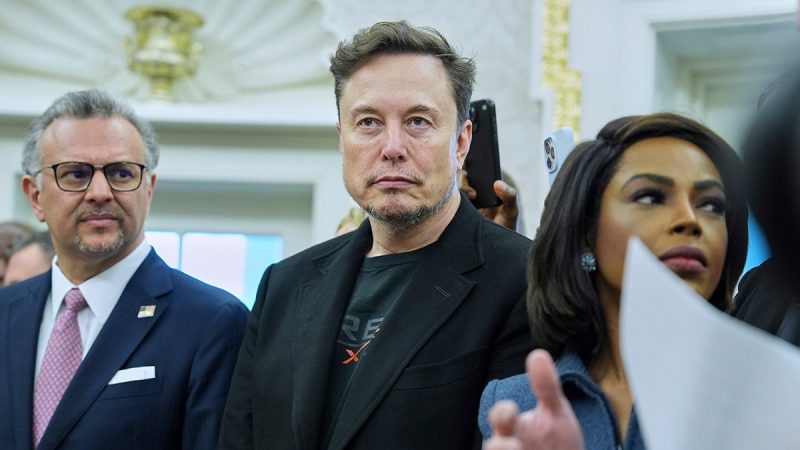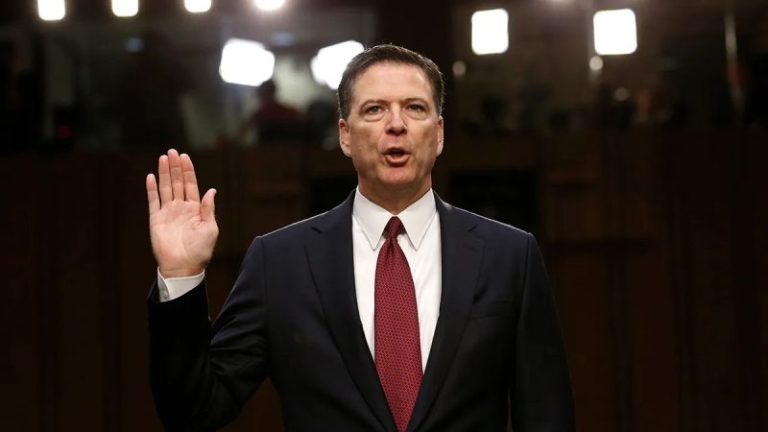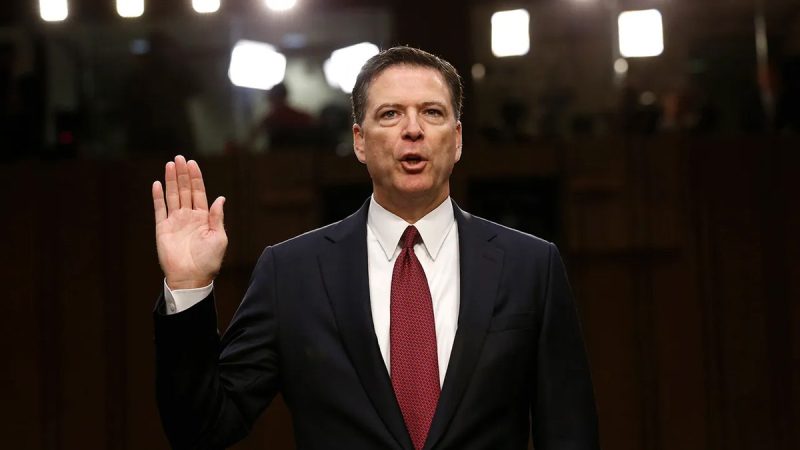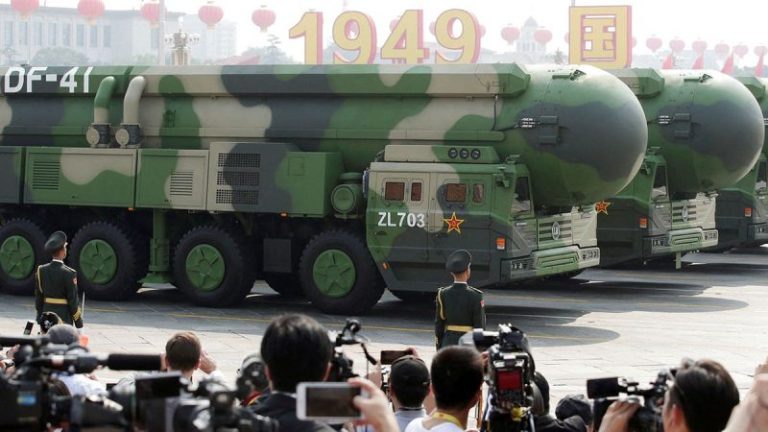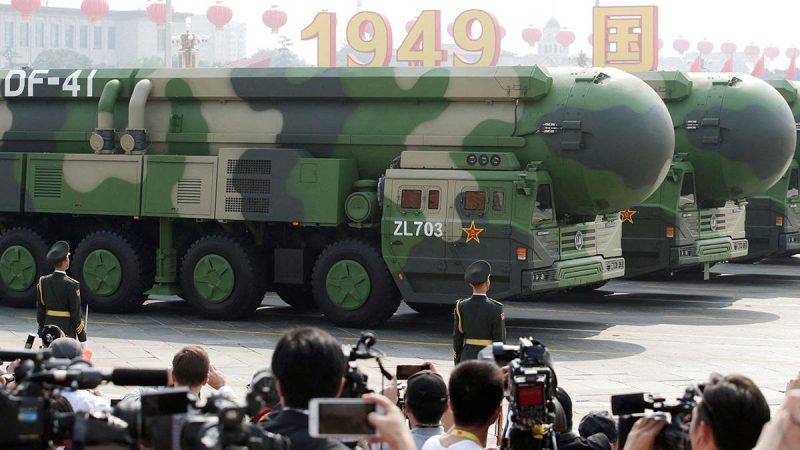
Federal Small Business (SBA) Administrator Kelly Loeffler sent a letter Tuesday to Minnesota Gov. Tim Walz alerting him that her agency will ‘halt’ more than $5.5 million in annual support to resource partners in the state ‘until further notice.’
The move comes as Walz and his administration grapple with billions of dollars in social services fraud diverted to everything from sham nonprofits to the Somali terror group Al-Shabaab. U.S. Attorney Joseph Thompson said Thursday a ‘significant amount’ of $18 billion worth of programmatic Medicaid funding was likely lost to fraud.
‘I am notifying you that effective immediately and until further notice, the SBA is halting the disbursement of federal funds to SBA resource partners operating in the state of Minnesota, totaling over $5.5 million in annual support,’ Loeffler wrote Walz on Tuesday.
‘This action is the result of a fundamental breakdown in the public trust. Under your leadership, Minnesota failed to safeguard taxpayer dollars, and SBA will not continue to place federal resources at risk in a state where oversight measures are ignored and accountability is abandoned.’
Loeffler blamed Walz for making the Land of 10,000 Lakes the ‘epicenter’ of the largest fraud scandal of the COVID-19 pandemic era, and that recent criminal convictions of Somalis and other figures prove such fraud is ‘endemic’ to St. Paul’s vast welfare curriculum.
She cited Thompson’s calculations, saying that the Somali fraud network netted $1 billion in its Minneapolis-centered fraud scheme and that at least half of certain Medicaid funding programs subsidized by Minnesota taxpayers have been ‘pocketed by criminals’ – assessing the final figure at at least $9 billion.
She noted the USDA – which facilitates SNAP and other programs – as well as Treasury Secretary Scott Bessent have launched probes into the scandals.
At least $2.5 million in Paycheck Protection Program (PPP) and Economic Injury Disaster Loan (EIDL) funds issued during the pandemic were tied to the Somali fraud scheme, the SBA said.
Another $430 million in PPP subsidies – totaling 13,000 individual loans – had been flagged as fraudulent but funded anyway, including some that were among those loans altogether forgiven during the Biden administration, Loeffler wrote.

‘The volume and concentration of potential fraud is staggering, matched in its egregiousness only by your response to those who attempted to stop it,’ she told Walz.
‘When legislators and whistleblowers raised concerns about potential abuse during the pandemic, your Administration resisted oversight, refused accountability, and allowed the misconduct to metastasize.’
Loeffler faulted Walz for dismissing some criticisms of his administration’s ‘generosity’ as ‘racism.’
Walz previously said that fraudsters in Minnesota will go to prison, and that ‘I don’t care what color you are [or] religion you are,’ but followed up by saying that critics ‘demonizing an entire population’ is ‘beneath that,’ according to PBS.
SBA will immediately halt $2.22 million in Small Business Development Center awards, $450,000 in women’s business center awards, $2.6 million in ‘microloan’ awards – the entire 2025 disbursement – and about $550,000 in other disbursements.
Loeffler called Minnesota’s fraud scandals the consequence of ‘socialist policies deliberately designed to pump out welfare funding without oversight or accountability.’
‘SBA’s responsibility is to taxpayers and small business owners, not to criminals or the politicians who enable them — We will continue to do what you did not: protect federal dollars on behalf of the American people,’ she said.
Fox News Digital reached out to Walz for any comment on general sentiments expressed in the letter about the fraud scandal and his handling of it.

